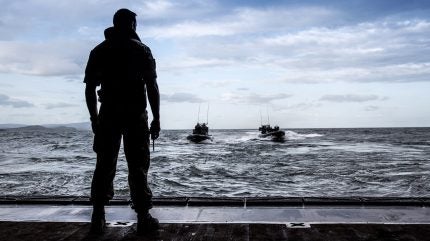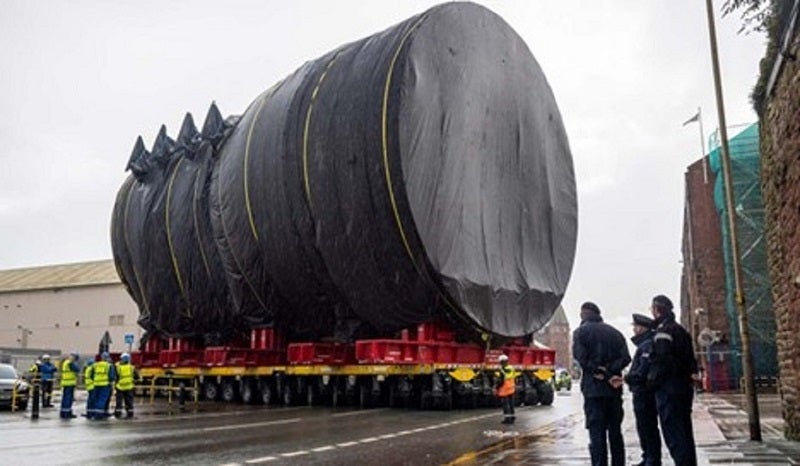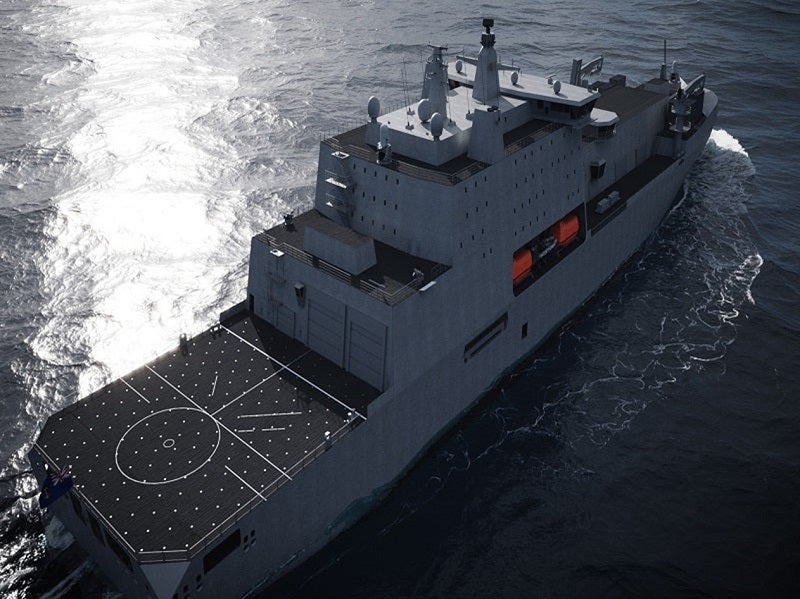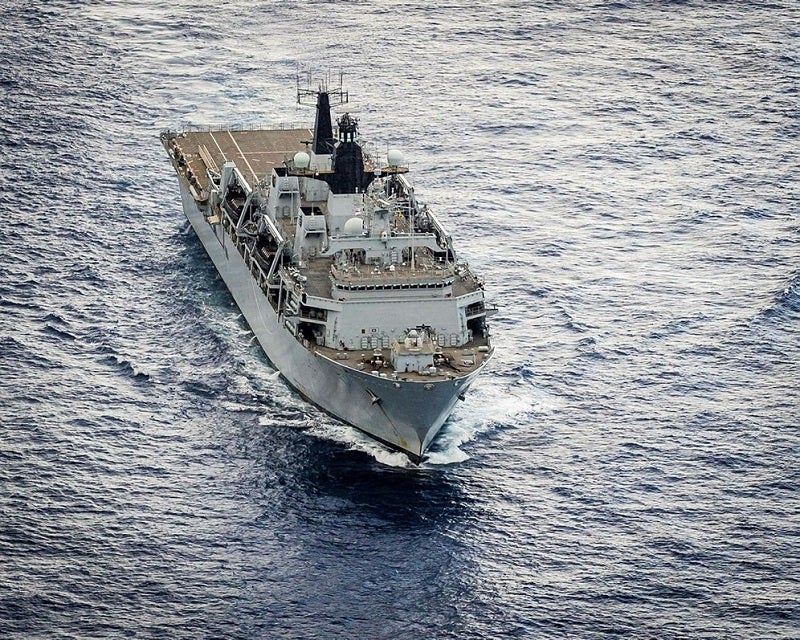
Quick to allay fears around Britain’s maritime capabilities, the former Conservative Defence Secretary Grant Shapps, who has since lost his seat in Parliament, declared a “golden age of shipbuilding.”
At the same time, the Royal Navy is losing personnel, struggling to retain them, and axeing coveted units in its force structure.
Following a change of government, it is hoped that the new Ministry of Defence will provide a more honest account of the nation’s future capabilities, and more efficient ways of dealing with the numerous problems the Navy faces in a world on the warpath.
Here are the top three platform programmes for the new UK Government to consider, ahead of the new Strategic Defence Review next week.
Dreadnought SSBNs
A new Labour government will have a lot to prove to its floating voters when it comes to defence, following a welcomed U-turn from the days when the Party advocated for nuclear disarmament.
Labour leader – and newly elected Prime Minister – Keir Starmer claimed that Trident, the UK’s nuclear deterrent, forms the “bedrock” of the country’s national security agenda during a visit in April to the nation’s nuclear submarine site in Barrow-in-Furness, Cumbria.
There resides the spearhead of the Royal Navy’s continuous-at-sea nuclear deterrent: nuclear-armed ballistic missile submarines (SSBNs), the future Dreadnought-class, comprising four boats and considered to be the largest submarines in the force’s history. It boasts a length of 153.6 metres (m) and a displacement of 17,200 tonnes.
Dreadnought is due to enter service in the early 2030s while the Vanguard fleet begins retiring after four decades carrying out Operation Relentless, the UK’s strategic deterrence mission. Like Vanguard before it, Dreadnought will be equipped with eight operational missile tubes for launching Trident II D5 missiles that can carry nuclear warheads. Four additional tubes will be configured with ballast.
The Dreadnought-class will be the first British submarines to feature X-rudders. Improvements in control and safety allow for the technology, which is designed to reduce the noise of the boats, particularly at high speeds.

In October 2023, the Royal Navy announced that BAE Systems had constructed the largest segment of the first boat. A month later, Britain’s only nuclear shipbuilder, Babcock, won two contracts collectively worth £121m ($153.8m) to provide input into the development of the class.
Britain’s SSBN ambitions have continued to grow since then as Babcock was tasked to provide deep maintenance and life extension for HMS Victorious, one of four Vanguard-class SSBNs; it will continue to operate well into the 2030s.
Fleet Solid Support Ships
Britain’s security commitments have rapidly expanded over the past few years as the country’s values and objectives, and that of its Nato allies and partners, are continually challenged on the world stage.
In a series of defence analyses – enshrined in successive Integrated Defence Reviews and Defence Command Papers – the UK recognised that it must project a credible force posture, nowhere more so than in the maritime domain. If the Royal Navy is intent on delivering such an ambitious level of capability then it must be able to sustain its endeavours.
This has prompted the need for new Fleet Solid Support (FSS) ships that can supply munitions, supplies and provisions to the wider combatant fleet, including aircraft carriers, destroyers and frigates.
In December 2023, the former Defence Secretary, Grant Shapps, announced the deployment of a Royal Navy Carrier Strike Group (CSG) to Japan in 2025.
Following the inaugural deployment in 2021 – which travelled 55,000 nautical miles – the 2025 CSG will bolster the country’s deterrence in the Indo Pacific, a theatre characterised by a ‘grey zone’ conflict between China and the West.
Britain may operate more regularly on a global scale in the coming years, and to paraphrase Napoleon, professionals ought to think logistically when it comes to waging conflict, especially when it is on such a vast scale.

‘Team Resolute’ – comprising Navantia, Harland & Wolff and BMT – will deliver three FFS ships to the Royal Fleet Auxiliary (RFA), which currently operate six support ships.
Construction of the first vessel is set to begin in 2025, with all three support ships expected to be operational by 2032. The new ships will replace RFA Fort Austin and RFA Fort Rosalie, which were sold to Egypt, and the RFA Fort Victoria, which is set to be decommissioned in 2028.
The vessels will have a storage capacity of 9,000m² for supplies and stores. They will feature a flight deck capable of accommodating all helicopters operated by the UK armed forces, while its hangar can house two Merlin rotorcraft, along with extra room for current and future uncrewed systems.
Amphibious Assault Ships
In equal measure, Britain’s two amphibious assault ships – technically Landing Platform Docks, HMS Albion (L14) and HMS Bulwark (L15) – provide an essential logistical enabler to the Royal Navy’s combative endeavours.
However, the Albion-class faces the prospect of decommissioning as the number of Navy personnel falls and recruitment levels take a hit.
Able to accommodate hundreds of soldiers or Royal Marines, the vessels can launch and recover amphibious assaults from an extensive rear well deck and two-spot helicopter deck. Each landing platform dock can operate eight landing craft, four of which can transport and land main battle tanks. The docking system is located at the stern of the ship.

Additional reporting from Richard Thomas.



